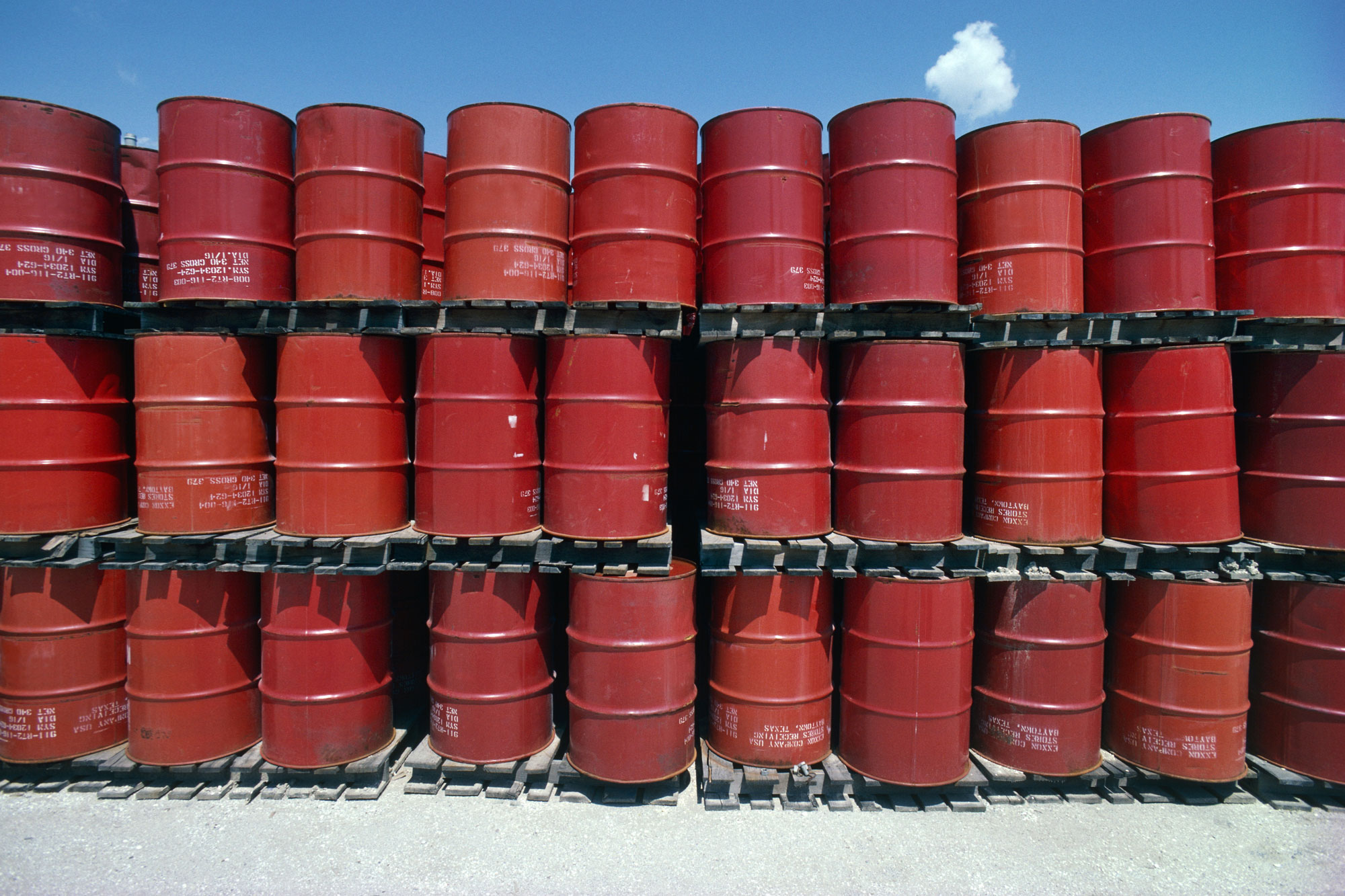OPEC's key technical committee is examining the oil market outlook for 2019 as the group tries to balance supply concerns from Iran and other vulnerable producers along with the possibility of a resurgence of US shale and weakening demand growth that risks a return to oversupply next year.
OPEC's Joint Ministerial Monitoring Committee said in a press release Thursday that it "directed the JTC (Joint Technical Committee) to continue to study the 2019 outlook and present options on 2019 production levels to prevent re-emergence of a market imbalance," S&P Global Platts reported.
"The committee...expressed concerns about rising inventories in recent weeks and also noted looming macro-economic uncertainties which may require changing course."
The Paris-based International Energy Agency said in its latest monthly report that "OECD commercial stocks rose 15.7 million barrels in August to 2.854 billion barrels, their highest level since February, on strong refinery output and LPG restocking. OECD inventories are likely to have risen by 43 million barrels in the third quarter of 2018, the largest quarterly increase in stocks since Q1 2016."
It appears OPEC is walking a tightrope, balancing current concerns of undersupply with longer-term risks of oversupply.
OPEC kingpin Saudi Arabia has been talking up plugging any shortfalls in the oil market, with oil minister Khalid al-Falih saying this week that the country was in a "produce as much as you can" mode.
Saudi officials have pledged to hike production to record levels of 11 million bpd after saying it hit close to a record output of 10.7 million bpd earlier this month.
OPEC, Russia and nine other countries have pledged to reduce over compliance with production cuts that have been in force since January 2017, which they say will result in a 1 million bpd output rise from May levels. OPEC pumped nearly 32.8 million bpd in September according to figures supplied by secondary sources, of which S&P Global Platts is one.
That comes in response to an oil market nervously watching the fall-out from renewed US sanctions on Iran, which come into force in early November. Some 1.7 million bpd of Iranian crude and condensate exports will likely leave the market by November, compared with April levels, according to S&P Global Platts Analytics.
Iranian crude oil and condensate exports slumped to just under 1.7 million bpd in September, a fall of almost 700,000 bpd from May, according to Platts estimates.
Key buyers China and India are expected to continue to import some Iranian oil after November, while South Korea and Japan will likely halt purchases.


